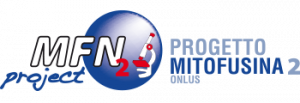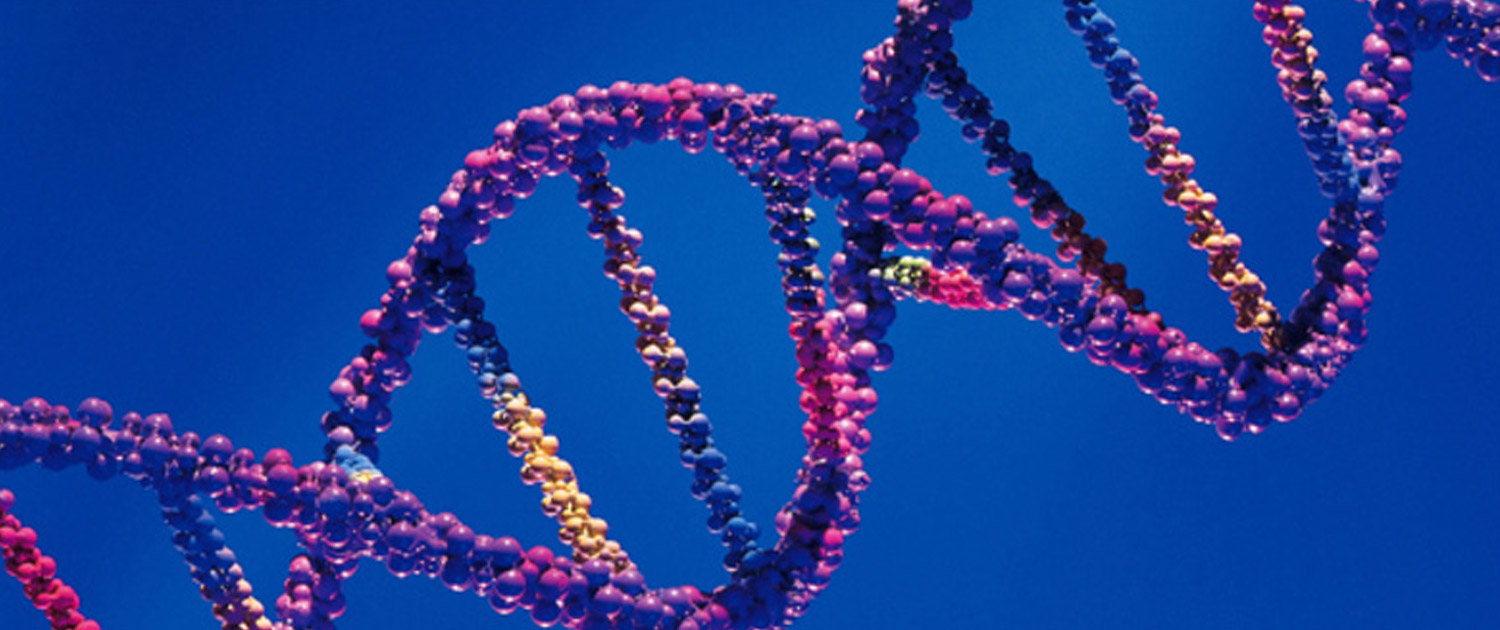CHARCOT-MARIE-TOOTH (CMT) DISEASE
Definition
Charcot-Marie-Tooth disease (CMT) is a sensory and motor polyneuropathy aused by the alteration of genes responsible for the formation and/or functioning of neuronal proteins (axon or myelin). Some of those genes and their respective roles are still unknown to date.
Onset
In most cases, Charcot-Marie-Tooth disease begins in the first or second decade. Since the human body is still growing in said period, the disease causes joint deformities including club foot (congenital talipes equinovarus), back knee (genu recurvatum), hip deformities as well as spine deformities (such as lumbar hyperlordosis and kyphoscoliosis). Over time, such deformities cause pain to the patient.
High arched foot (pes cavus) is a typical sign of Charcot-Marie-Tooth disease and affects most patients, whilst kyphoscoliosis affects around 10% of all patients. Charcot-Marie-Tooth disease also presents with some milder forms, which are usually diagnosed in adult patients. Some diagnosed patients report that motor functions in their youth years were infrequent compared to those of their own age, and that they were accused of being lazy.
Epidemiology
Charcot-Marie-Tooth disease is one of the most common inherited neurological pathologies, affecting 1 in 2,500 people.
Clinical history
Charcot-Marie-Tooth disease presents with a wide range of forms and severities, even within the same family or within identical twins. Therefore, signs and symptoms vary across severity levels, ranging from high arched foot (pes cavus) alone in mildest cases up to reduced or impaired motor functions in most severe cases (which are rare).
First symptoms of Charcot-Marie-Tooth disease include clumsiness in movements, calf cramps and a tendency to stumble caused by difficulties in the foot dorsiflexion.
Over time, the progressive weakening of dorsiflexion can lead to steppage gait, a gait abnormality symptomatic by the person having to lift the leg higher than normal to avoid the toes scraping the ground when walking.
Moreover, the disease can also affect tight muscles, with subsequent difficulties in knee control and falling which may result in the need for using a wheelchair.
Hands are usually affected by Charcot-Marie-Tooth disease at a later stage and in most cases the weakening of hand muscles is mild and does not lead to functional deficiency.
Most frequently reported symptoms involve difficulties in carrying out everyday activities such as fastening and unfastening clothes’ buttons and zippers, stitching, writing, using keys and unfastening cans and jars’ lids.
These symptoms usually get worse with cold weather, which may also result in more difficulties in balancing, worsening of fine sensitivity and numbness in the legs’ muscles.
Pain is not a frequent symptom and, with the exception of cramping, it is not usually caused by the neuropathy itself but rather by on the neuropathy consequences on the osteoarticular system (such as foot and knee deformities, arthrosis and traumas).
Weakness in the muscles also combines with a decrease in the mass of the muscle itself (muscle atrophy).
Some extremely rare forms of CMT include weakness in breathing as well as the vocal systems. Other forms affect other organs and systems (especially ears, which can be present with sensorineural hearing loss).
Inheritance
Charcot-Marie-Tooth disease (CMT) can be inherited as an autosomal dominant characteristic (most frequent cases), as an autosomal recessive characteristic (very rare) or as a sex chromosome-related characteristic (accounting for 10-15% of all cases).
Moreover, there are cases where only one family member presents with the disease, whilst all other family members do not present clinical or electromyographical signs of CMT. Such cases can be divided into a few different categories:
1) First mutation patients, i.e. they can be the first occurrence of the mutation within the family (which later may be handed down to their children);
2) Patients affected by a recessive form of CMT;
3) Patients affected by a dominant axonal form of CMT, which was inherited by a carrier parent who has still not shown symptoms of the disease;
4) Patients NOT affected by CMT, but suffering from another kind of acquired or genetic neuropathy.
Diagnosis
The most relevant test to diagnose Charcot-Marie-Tooth disease (CMT) is electroneuronography, i.e. an electrical stimulation of the nerve used to measure the speed of neural transmission (which results as slowed in demyelinating forms) and the amplitude of the compound motor and sensory action potential (which is reduced in all forms).
Other examinations such as nerve biopsy or cerebrospinal fluid examination can be performed in stand-alone cases (i.e. cases of the disease with no family history) to exclude other causes of neuropathy.
DNA testing
CMT forms can be distinguished based on the neuronal protein affected by the disease: forms affecting myelin (material that forms a layer coating the nerve) are defined as CMT1 forms, whilst forms affecting the axon (the projection of the motor neuron connecting the nerve and the muscle) are defined as CMT2 forms. In the first stages of research on Charcot-Marie-Tooth disease, such forms were categorised based on evidence resulting from electromyography as follows:
1. Demyelinating type, defined as forms where the nerve conduction velocity (NCV) of the median nerve (the nerve connecting the elbow and the wrist) is slower than 38 m/sec;
2. Axonal type, defined as forms where NCV is faster than 38 m/sec.
In the last decade scientific studies have successfully identified the genes responsible for most part of demyelinating forms. Those genes account for codification of structural components of peripheral myelin and other substances which are relevant for the development and functioning of Schwann cells (cells forming myelin).
In recent years, research conducted on families presenting with more than a case of CMT spanning different generation allowed for the identification of the loci (i.e. the exact position of each gene on a given chromosome) and of genes responsible for CMT. This led to the identification of several subtypes of CMT forms and led researchers and medical professionals to investigate further on the classification criteria used for categorising such forms and types.
As scientific research develops, scientists are coming to the definition of the etiologic origin of those CMT subtypes by identifying the genes involved and their specific mutations.
see the Gene Table updated by our Scientific Committee (University of Milan) HERE
Treatment
To date there is no cure to Charcot-Marie-Tooth disease, and the only treatment that has proven to be able to improve functional performances (e.g. in prehension or dehambulation) in patients affected by CMT is rehabilitation therapy.
Essential tools for rehabilitation treatment in CMT patients are orthopaedic supports such as shoes (either normal shoes specifically modified by an orthopaedist or custom-made shoes), insoles and supports to stabilise the ankle and avoid the foot dangling whilst walking.
Physiotherapy is important to prevent joint deformities and to improve functional performances after the adoption of appropriate shoes and orthopaedic supports.
Orthopaedic surgery may be useful both for preventing or correcting joint deformities and to stabilise joints which are no longer properly supported by muscles.
It is useful to establish a pathway of help and acceptance of the disease.



